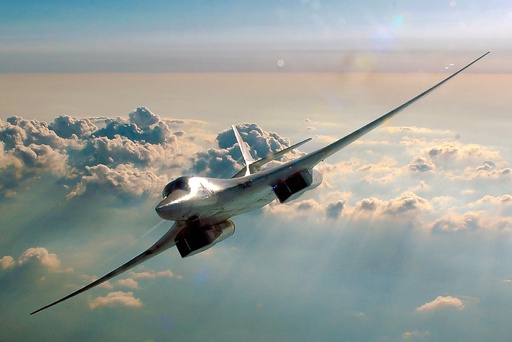The document, officially titled “Basic Principles of State Policy on Nuclear Deterrence,” has garnered attention for its unsettling revisions, particularly following President Vladimir Putin’s recent endorsement. This updated version clarifies the scenarios in which Russia might deploy its extensive nuclear arsenal, which is recognized as the largest globally.
One of the most notable changes is the reduced threshold for a nuclear response, allowing Putin to react to even conventional attacks believed to be supported by a nuclear-armed state. This change is significant considering incidents such as Ukraine’s recent strikes, reportedly involving U.S.-supplied ATACMS missiles, in regions like Bryansk. Kremlin spokesperson Dmitry Peskov underscored that such attacks could trigger a nuclear response under the new guidelines.
Russia’s nuclear policy was first established in 2020, but this latest revision has emerged amid ongoing tensions following the 2022 invasion of Ukraine. Throughout this time, Kremlin officials have routinely issued threats concerning nuclear capabilities, although these threats have not deterred Western nations from providing Ukraine with substantial military assistance, including advanced weaponry capable of striking Russian territory.
The updated nuclear doctrine describes nuclear arms primarily as a “means of deterrence,” articulating their use as a last resort. It emphasizes Russia’s commitment to de-escalating nuclear tensions and avoiding conflicts that could lead to military confrontations, including those of a nuclear nature. This policy aims to protect the state’s sovereignty and safeguard its territorial integrity, thereby forcing potential aggressors to reconsider any hostile actions that could provoke a severe response.
While the document is structured broadly to maintain ambiguity regarding specific nuclear commitments, it specifies situations where nuclear options could be considered in retaliation for conventional attacks. The revisions have been discussed for several months, and the announcement of the updated doctrine following recent decisions from Washington—allowing Ukraine to use longer-range missile systems—highlights the evolving security landscape.
According to the nuclear policy, Moscow may resort to nuclear weapons when faced with various scenarios including:
– Confirmed missile launches targeting Russian or allied territories.
– Use of weapons of mass destruction against Russia or its allies.
– Conventional aggression posing a serious threat to Russian sovereignty or territorial integrity.
– Actions threatening Russia’s nuclear counterstrike capability.
– Incidents involving military aircraft or missiles crossing Russian borders.
Critically, the president retains the authority to notify other countries or international bodies regarding the potential deployment of nuclear arms, or even indicate that a decision to use them has been made.
Despite the new doctrine, experts remain cautious. Before the official changes were announced, Putin had already warned against allowing Ukraine to launch attacks with missiles provided by Western nations, implicating NATO in the conflict. Peskov affirmed that such actions from Ukraine could indeed lead to a nuclear reaction, referencing the policy’s provisions regarding conventional strikes that threaten Russia’s integrity.
Analysts note that this statement marks an explicit acknowledgment from the Kremlin about the potential for nuclear strikes in response to such threats. Tatiana Stanovaya from the Carnegie Russia and Eurasia Center highlighted that this denotes a serious contemplation within the Kremlin regarding nuclear options.
The broader implications of these adjustments evoke varied reactions. A U.S. National Security Council official indicated no notable changes in Russia’s nuclear posture have been observed, so there is currently no reason for the Biden administration to revise its own nuclear strategies in light of Russia’s updated doctrine.
According to Jack Watling from the Royal United Services Institute, while fears exist that the introduction of longer-range missiles could incite a nuclear response, he feels such an outcome is unlikely. However, he acknowledges that Russia has various means to escalate tensions without resorting to nuclear arms.
Dmitry Medvedev, a senior figure within Russia’s Security Council, asserted that attacks involving NATO-supplied missiles could be interpreted as a direct assault on Russia itself, prompting a possible response with weapons of mass destruction, marking a potential leap into World War III.
Stanovaya characterized the present situation as extraordinarily dangerous, suggesting that Putin could leverage the current climate to issue stark ultimatums to the West, presenting them with the choice between intensifying conflict or accepting terms favorable to Russia. This scenario, framed as a way to negotiate peace, might simultaneously influence the political landscape in the U.S. by pressing President Biden to address accusations of escalating tensions.
Ultimately, the evolving nature of Russia’s nuclear doctrine encapsulates a precarious landscape, reflecting both the immediate challenges and long-term implications for global stability in the context of ongoing geopolitical strife.
